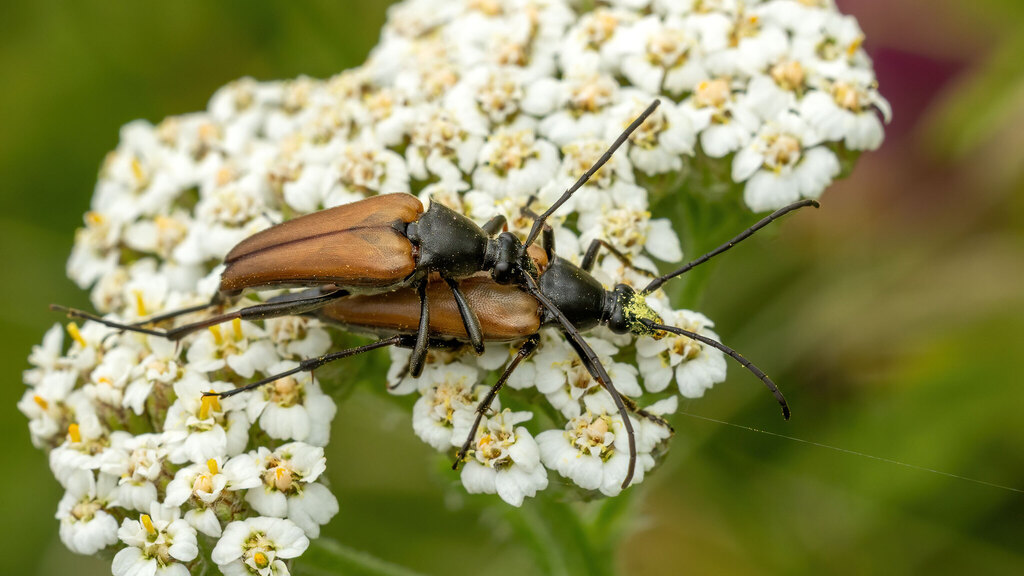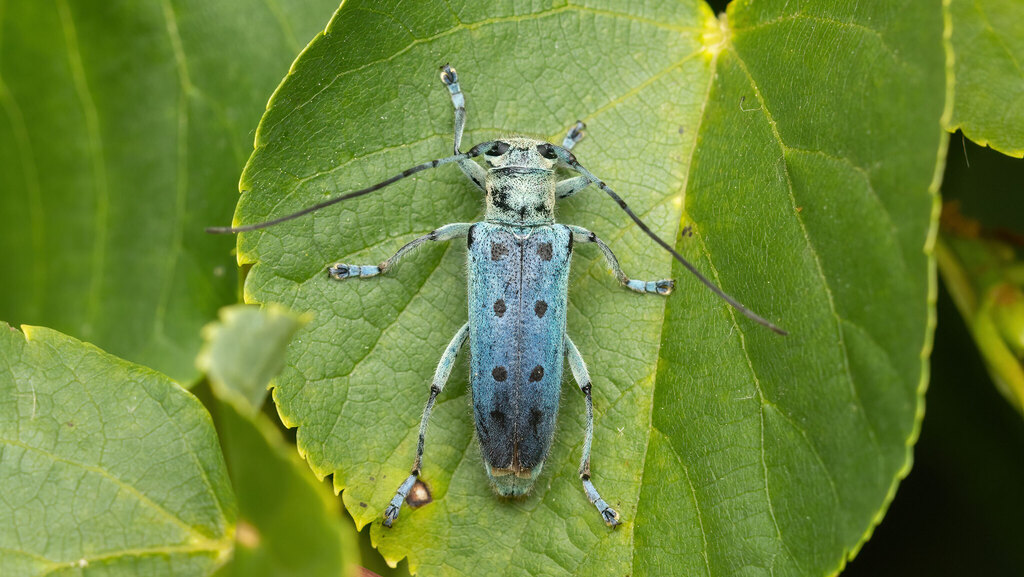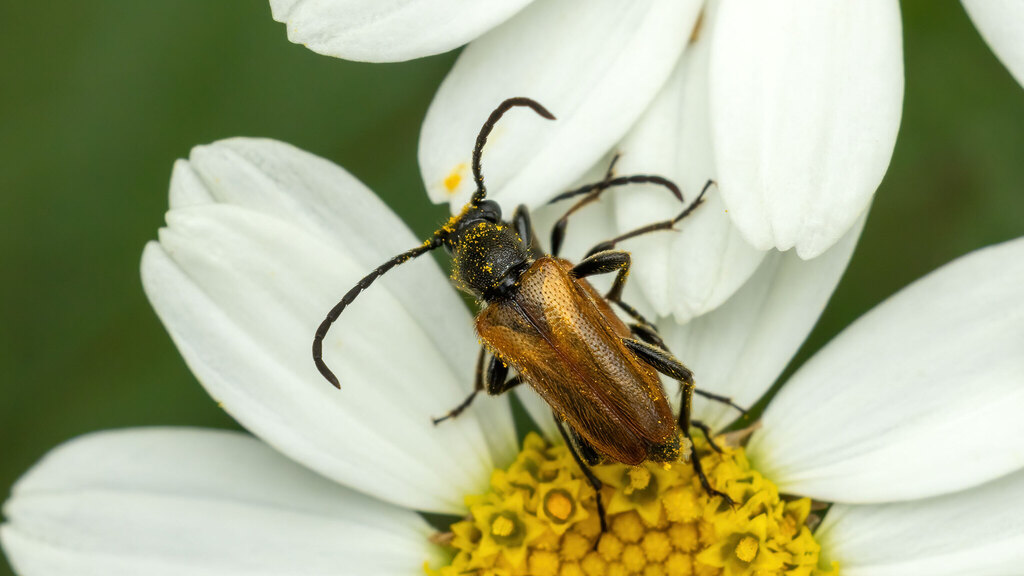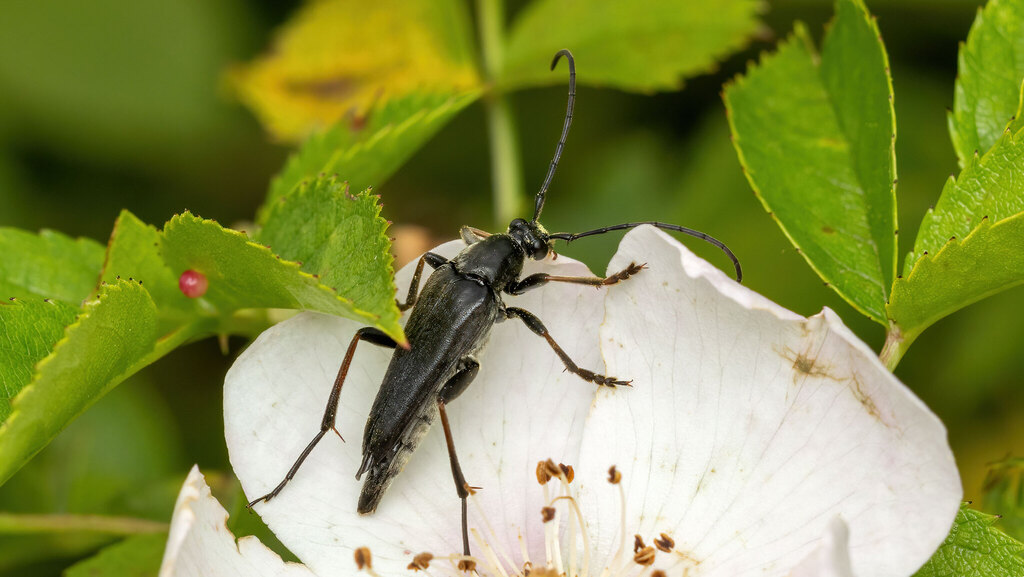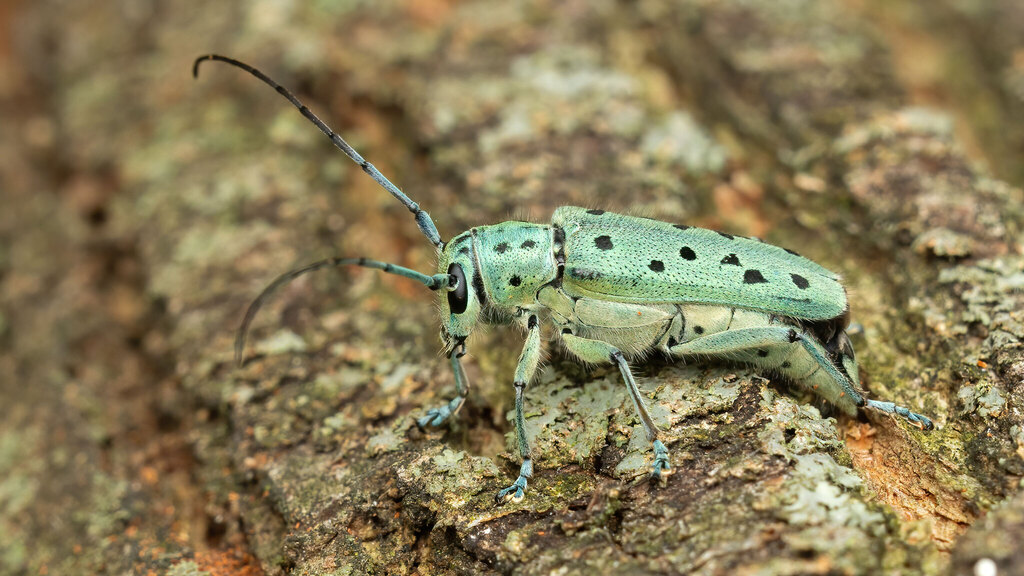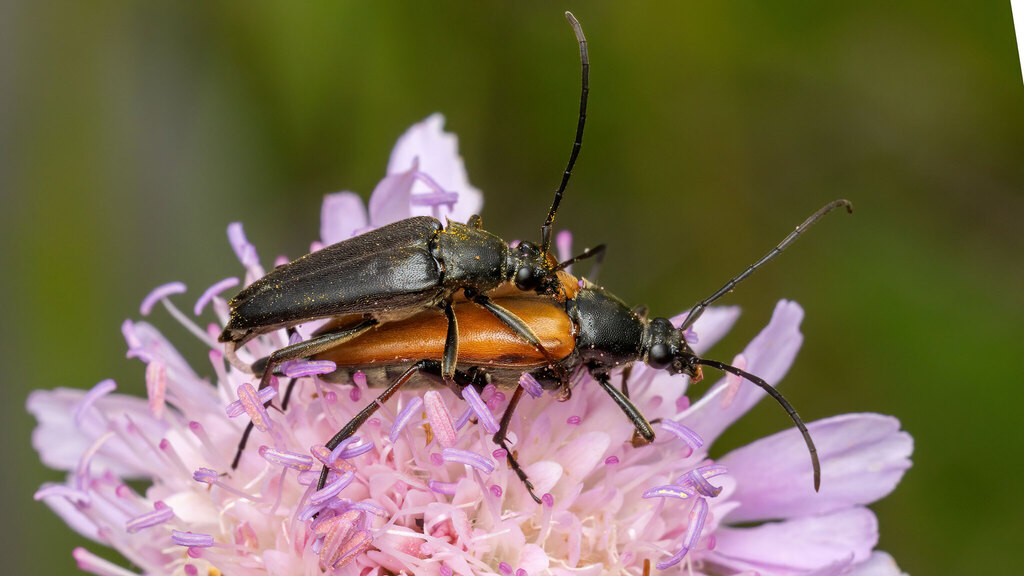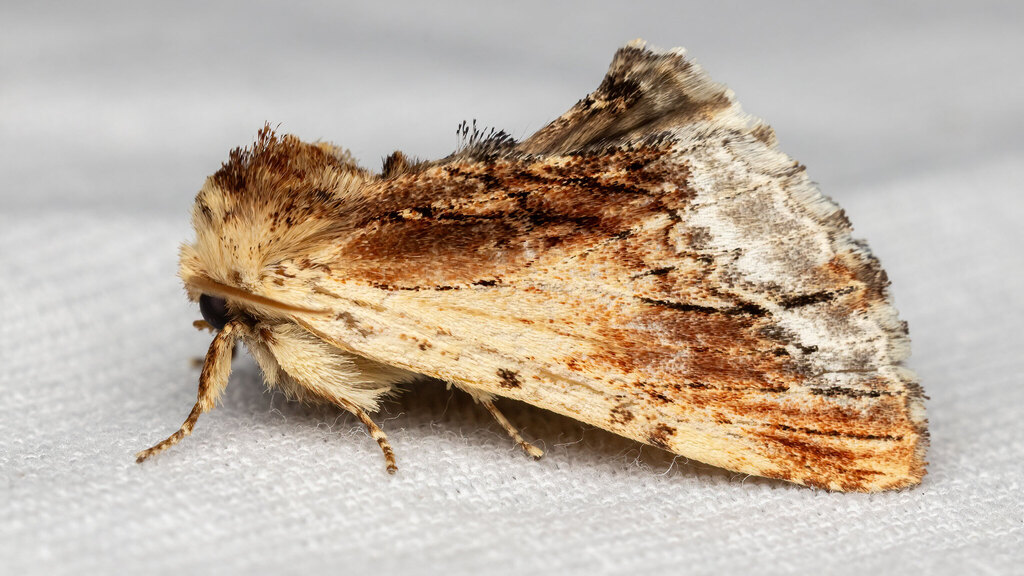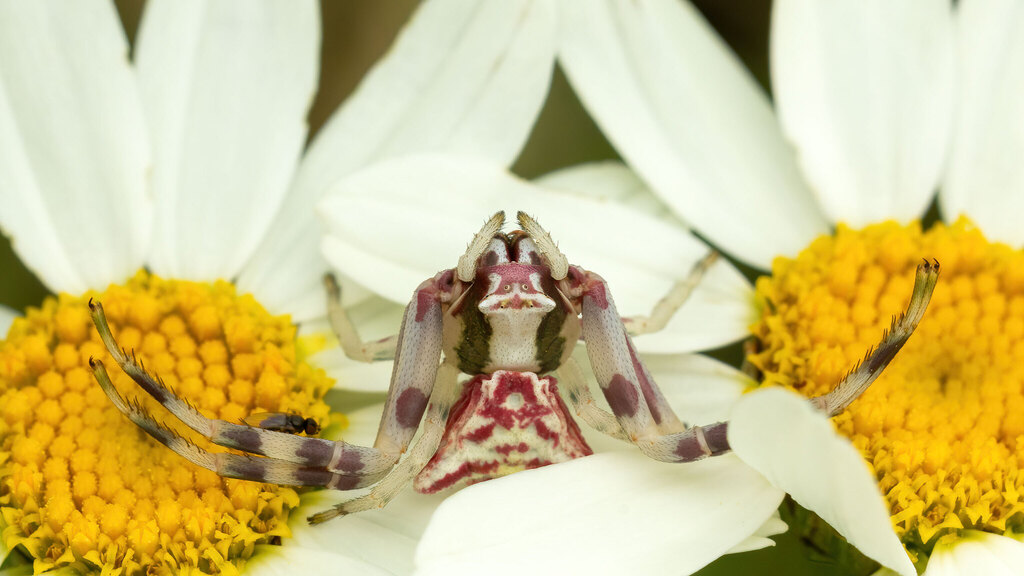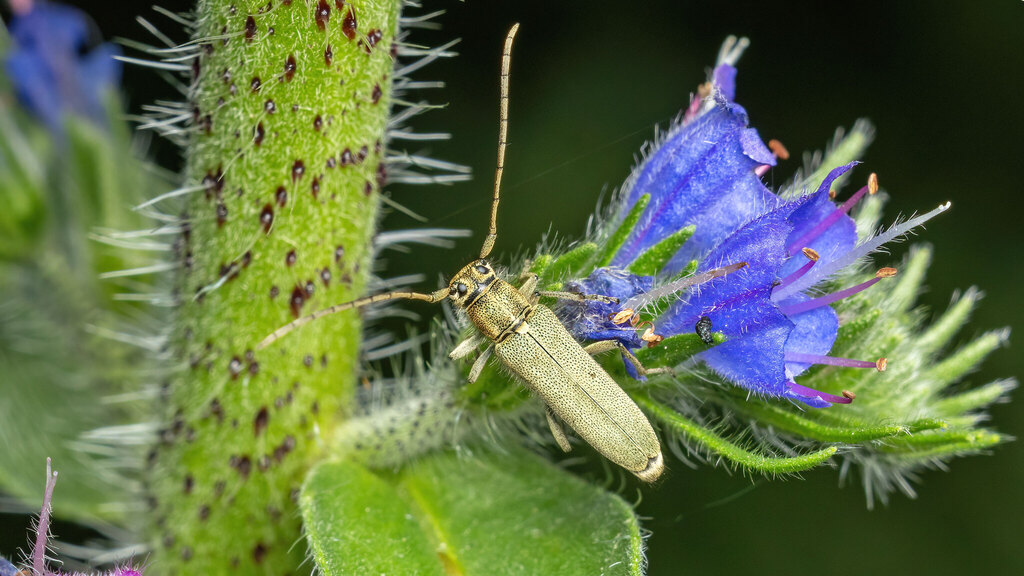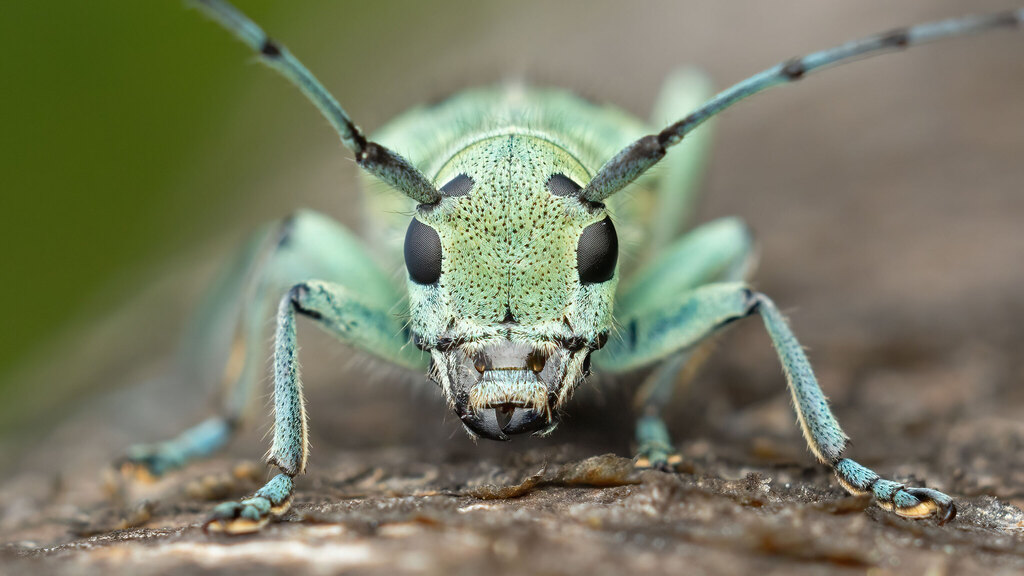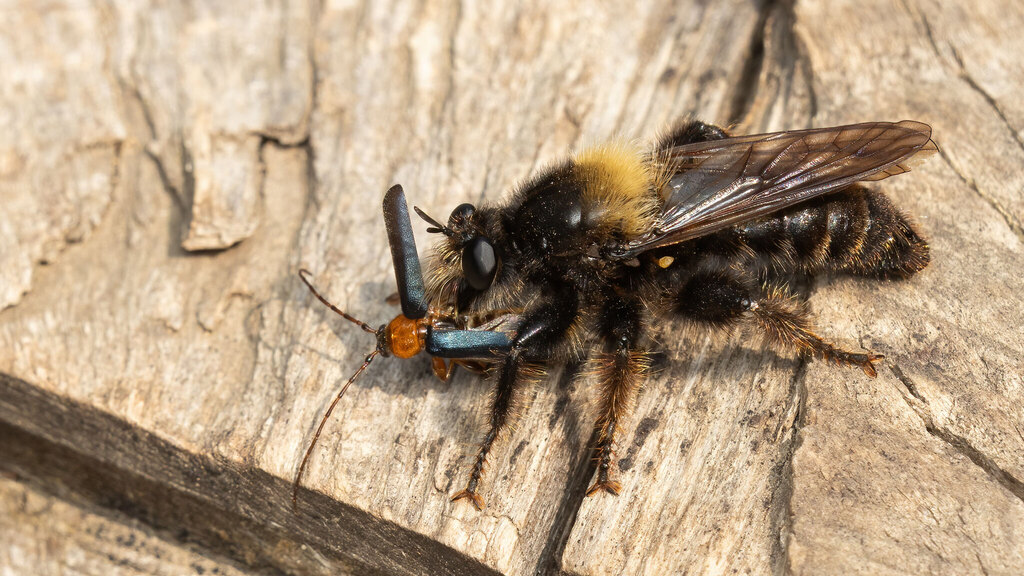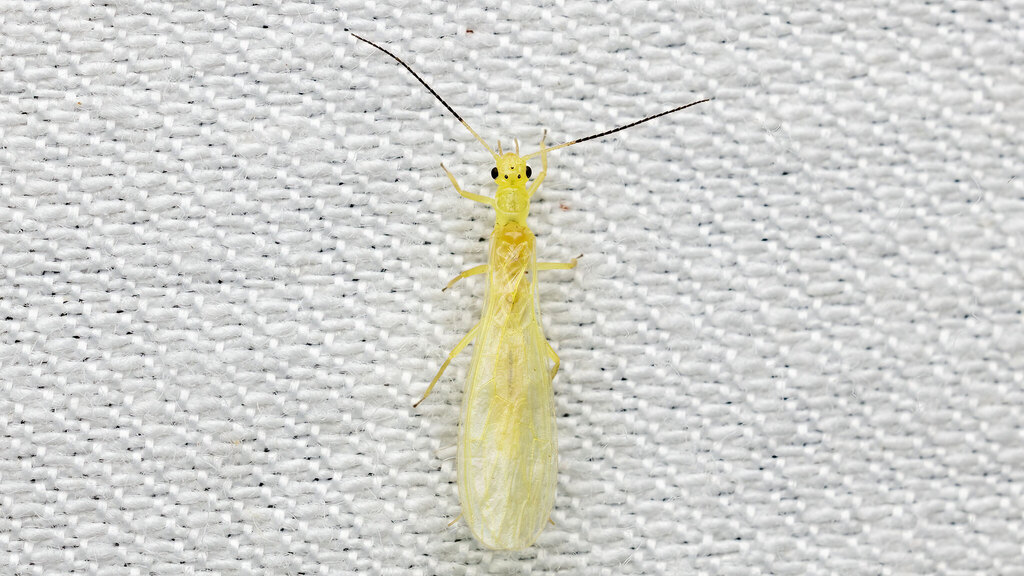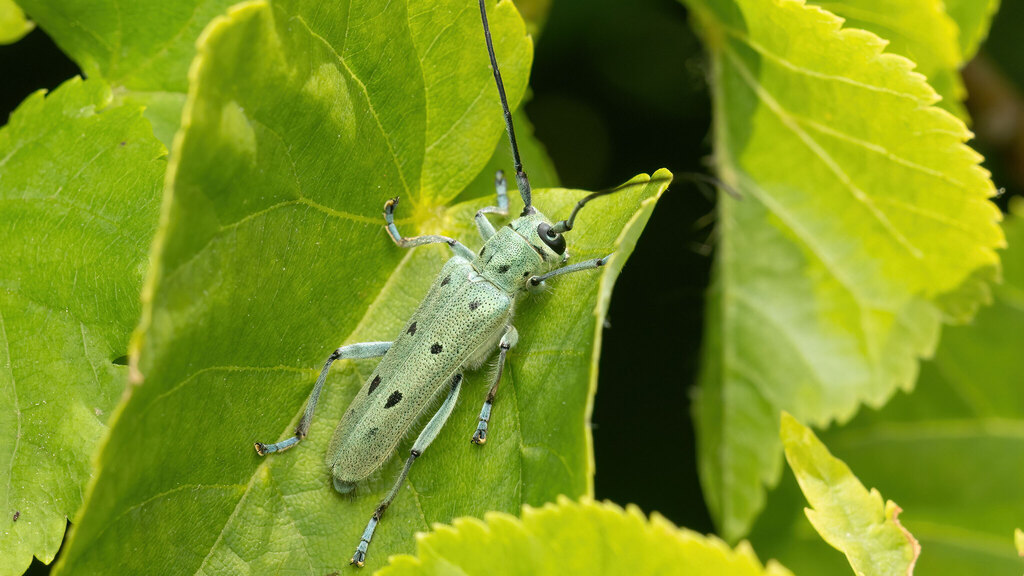These are the categories used in the Austrian Red Lists
EXTINCT (EX)
A taxon is Extinct when there is no reasonable doubt that the last individual has died. A taxon is presumed Extinct when exhaustive surveys in known and/or expected habitat, at appropriate times (diurnal, seasonal, annual), throughout its historic range have failed to record an individual. Surveys should be over a time frame appropriate to the taxon's life cycle and life form.
REGIONALLY EXTINCT (RE)
A taxon is Regionally Extinct when there is no reasonable doubt that the last individual in that geographical region has disappeared or died. or, in the case of an earlier guest taxon, individuals no longer visit that geographical region.
CRITICALLY ENDANGERED (CR)
50% extinction probability in 10 years or 3 generations (maximum 100 years).
ENDANGERED (EN)
20% extinction probability in 20 years or 5 generations (maximum 100 years).
VULNERABLE (VU)
10% extinction probability in 100 years.
NEAR THREATENED (NT)
Less than 10% extinction probability in 100 years, but negative stock development and high extinction risk in parts of the area.
LEAST CONCERN (LC)
Less than 10% extinction probability in 100 years, other attributes as under NT are not valid.
DATA DEFICIENT (DD)
The available data does not allow a classification into the individual categories.
NOT EVALUATED (NE)
A taxon is Not Evaluated when it is has not yet been evaluated against the criteria.
[Quotations]
Butterflies Austria
Höttinger, H., Pennerstorfer, J. (2005): Rote Liste der Tagschmetterlinge Österreichs (Lepidoptera: Papilionoidea & Hesperioidea). In: Zulka, K. P. (Red.): Rote Listen gefährdeter Tiere Österreichs. Checklisten, Gefährdungsanalysen, Handlungsbedarf. Teil 1: Säugetiere, Vögel, Heuschrecken, Wasserkäfer, Netzflügler, Schnabelfliegen, Tagfalter. Grüne Reihe des Bundesministeriums für Land- und Forstwirtschaft, Umwelt und Wasserwirtschaft (Gesamtherausgeberin Ruth Wallner) Band 14/1. Wien, Böhlau: 313–354.
Huemer, P. (2007): Rote Liste ausgewählter Nachtfalter Österreichs (Lepidoptera: Hepialoidea. Cossoidea. Zygaenoidea. Thyridoidea. Lasiocampoidea. Bombycoidea. Drepanoidea. Noctuoidea). In: Zulka, K. P. (Red.): Rote Liste gefährdeter Tiere Österreichs. Checklisten, Gefährdungsanalysen, Handlungsbedarf. Teil 2: Kriechtiere, Lurche, Fische, Nachtfalter, Weichtiere. Grüne Reihe des Bundesministeriums für Land- und Forstwirtschaft, Umwelt und Wasserwirtschaft (Gesamtherausgeberin Ruth Wallner) Band 14/2. Wien, Böhlau: 199–361.
Butterflies Vienna
Höttinger, H., Pendl, M., Wiemers, M., Pospisil, A. (2013): Insekten in Wien - Tagfalter. Herausgeber: Zettel, H., Gall-Haszler, S., Rabitsch, W., Christian, E., - ÖGEF - Österreichische Gesellschaft für Entomofaunistik. - ISBN 978-3-9503548-0-5
European Red List of Dragonflies
V.J. Kalkman, J.-P. Boudot, R. Bernard, K.-J. Conze, G. De Knijf, E. Dyatlova, S. Ferreira, M. Jović, J. Ott, E. Riservato and G. Sahlén. 2010. European Red List of Dragonflies. Luxembourg: Publications Office of the European Union. - ISBN 978-92-79-14153-9
Download as PDF here: European_dragonflies.pdf
Austrian Red List of Dragonflies - Rote Liste Libellen 2006
Datenquelle: Umweltsbundesamt.at – Libellen Österreichs
Raab, R., Chovanec, A. & Pennerstorfer, J., 2006. Libellen Österreichs. Springer, Wien.

 English (UK)
English (UK)  Dansk (DA)
Dansk (DA)  Deutsch (DE)
Deutsch (DE) 